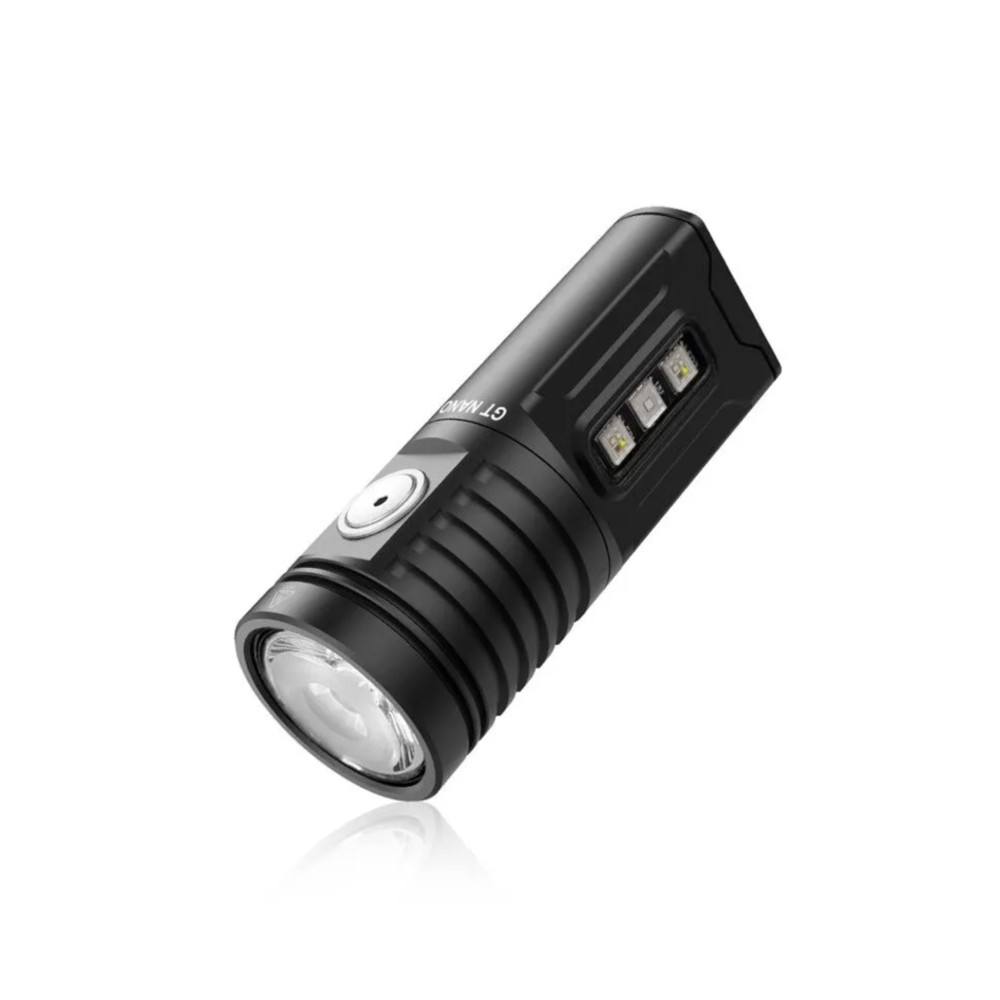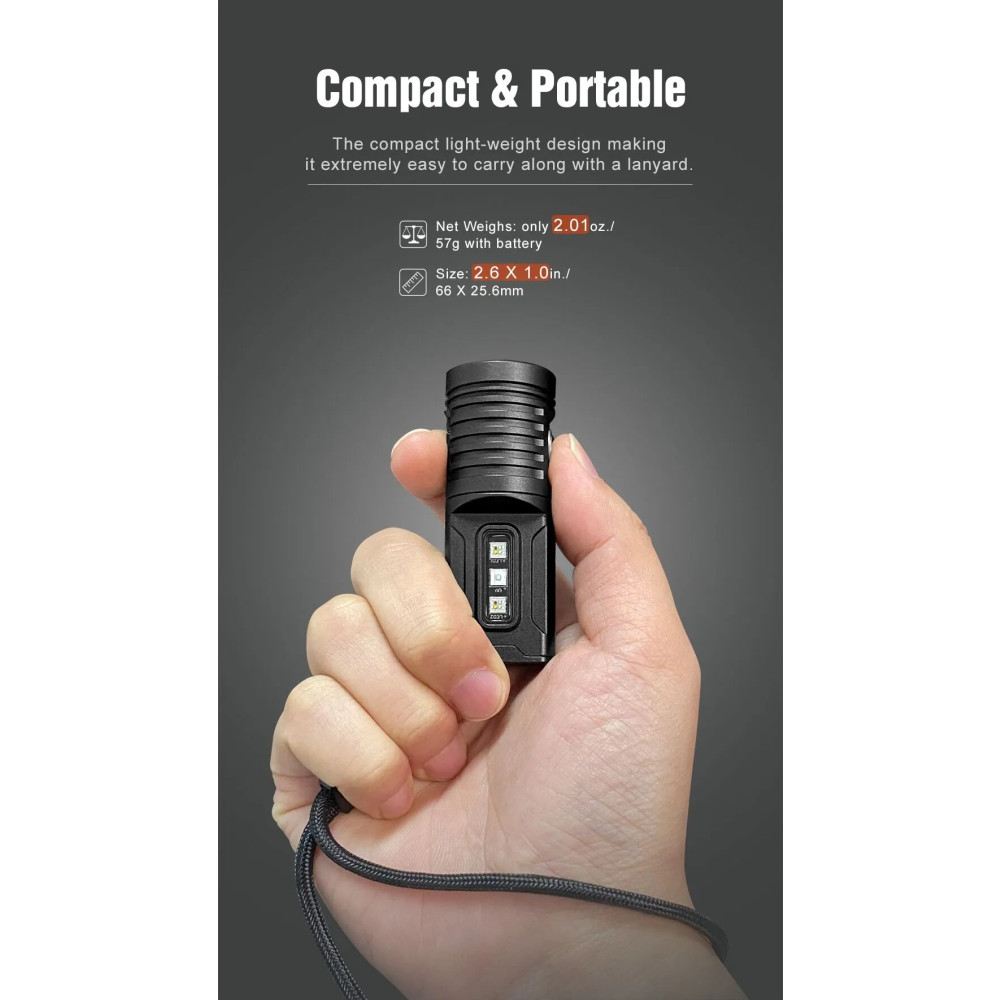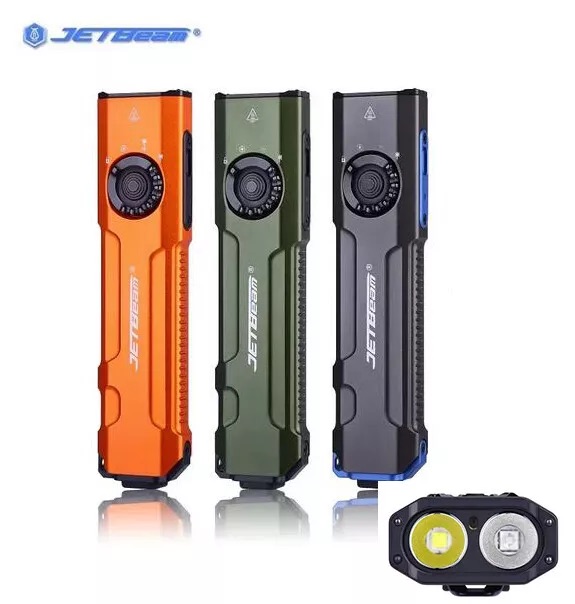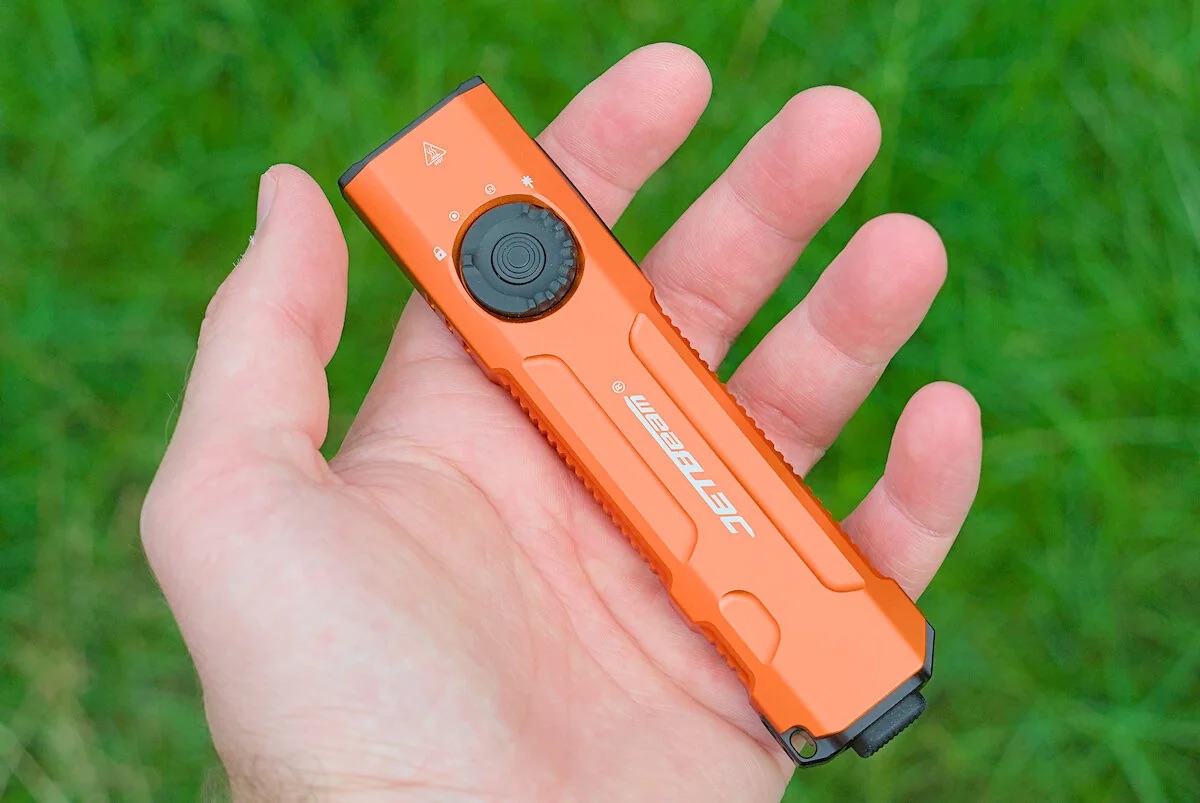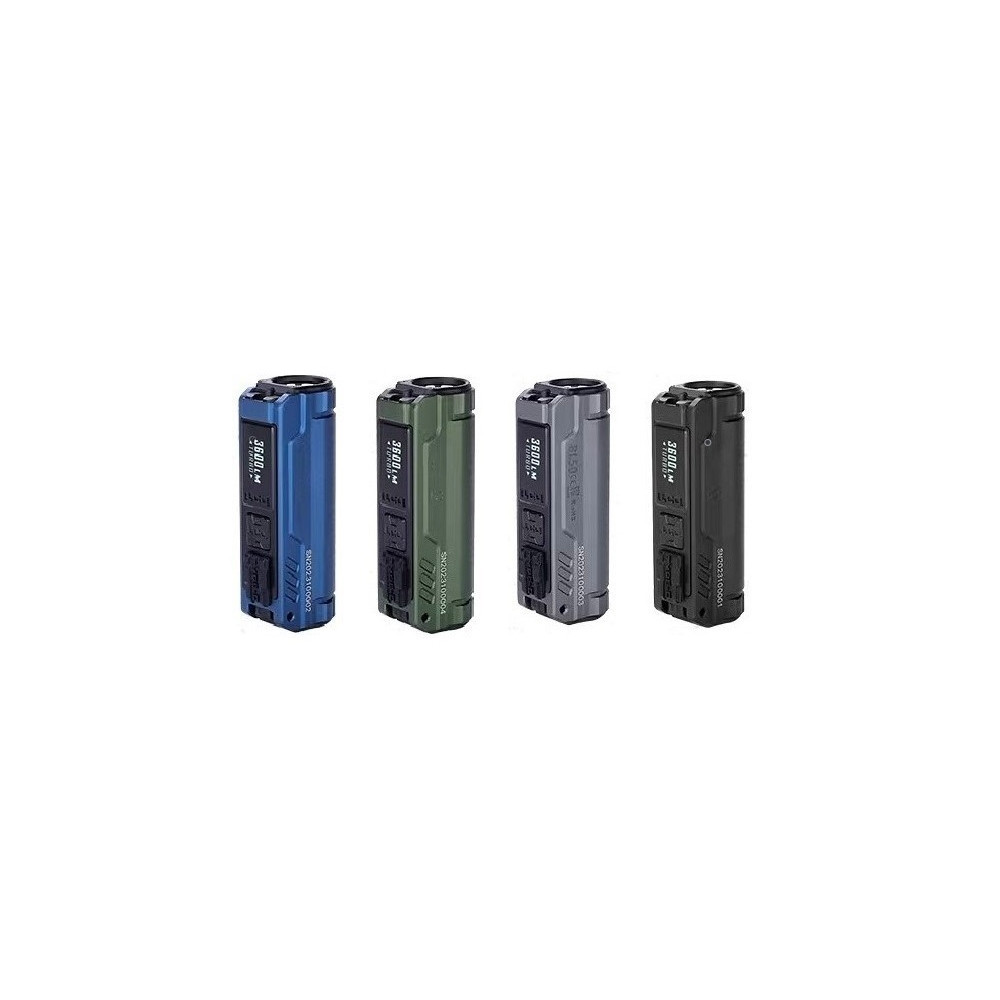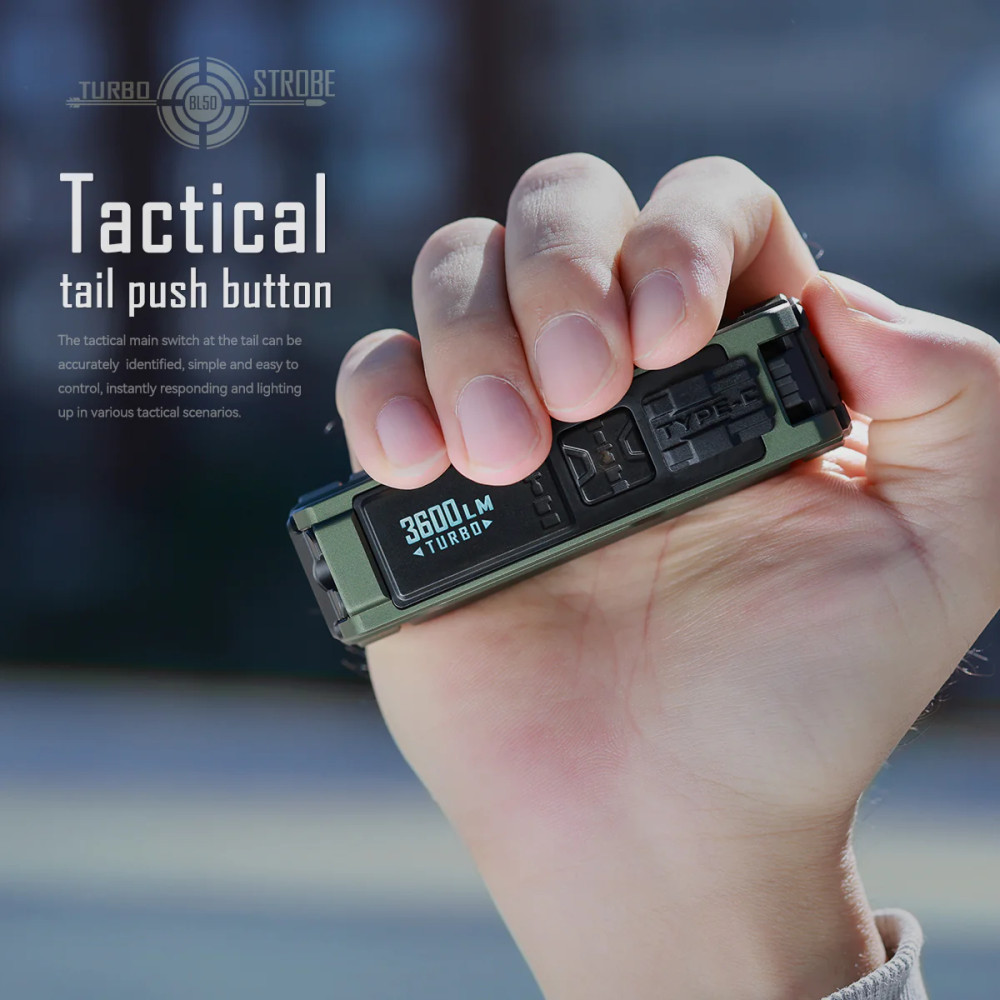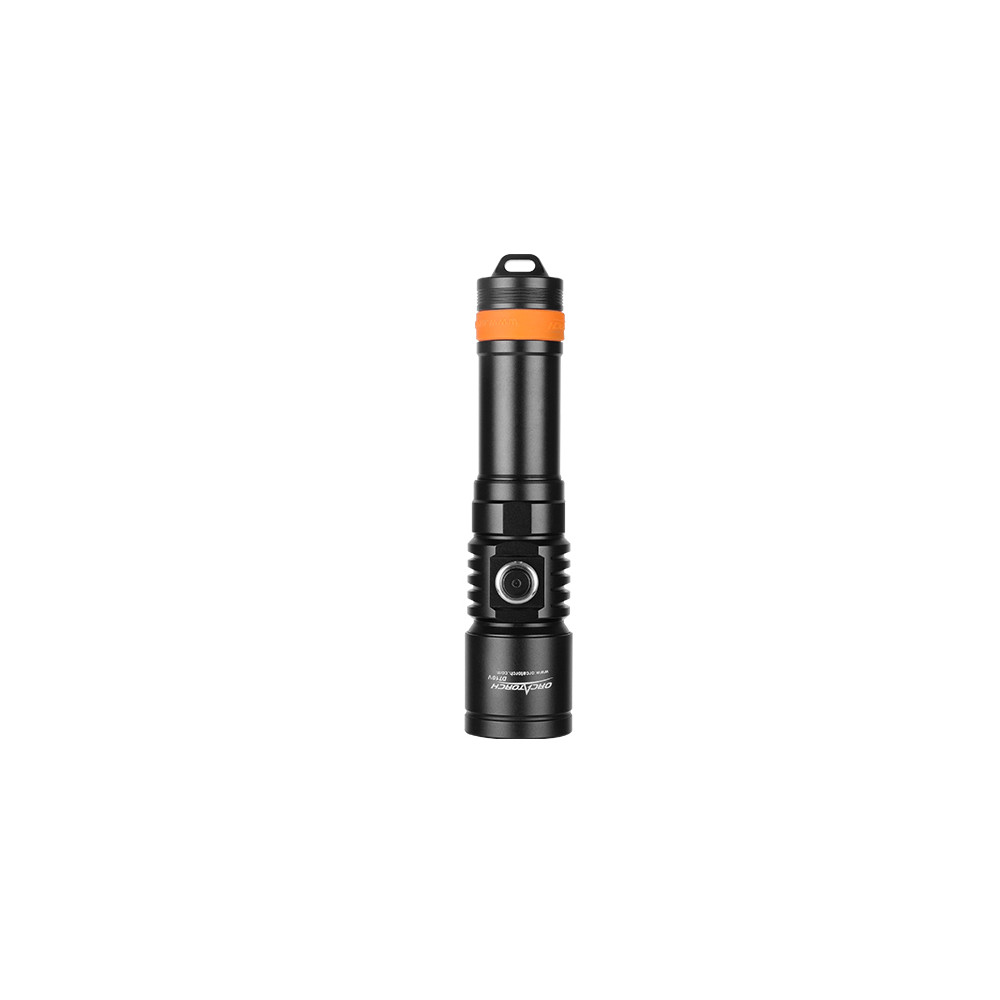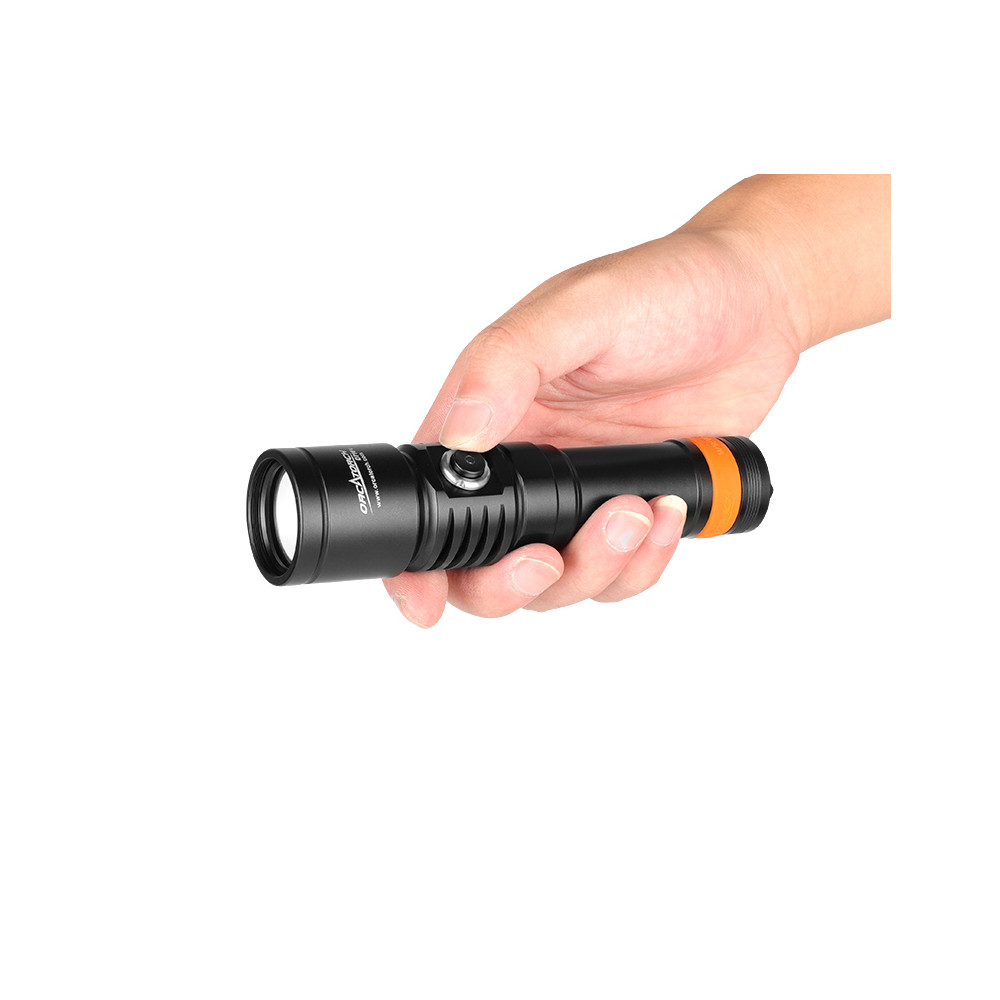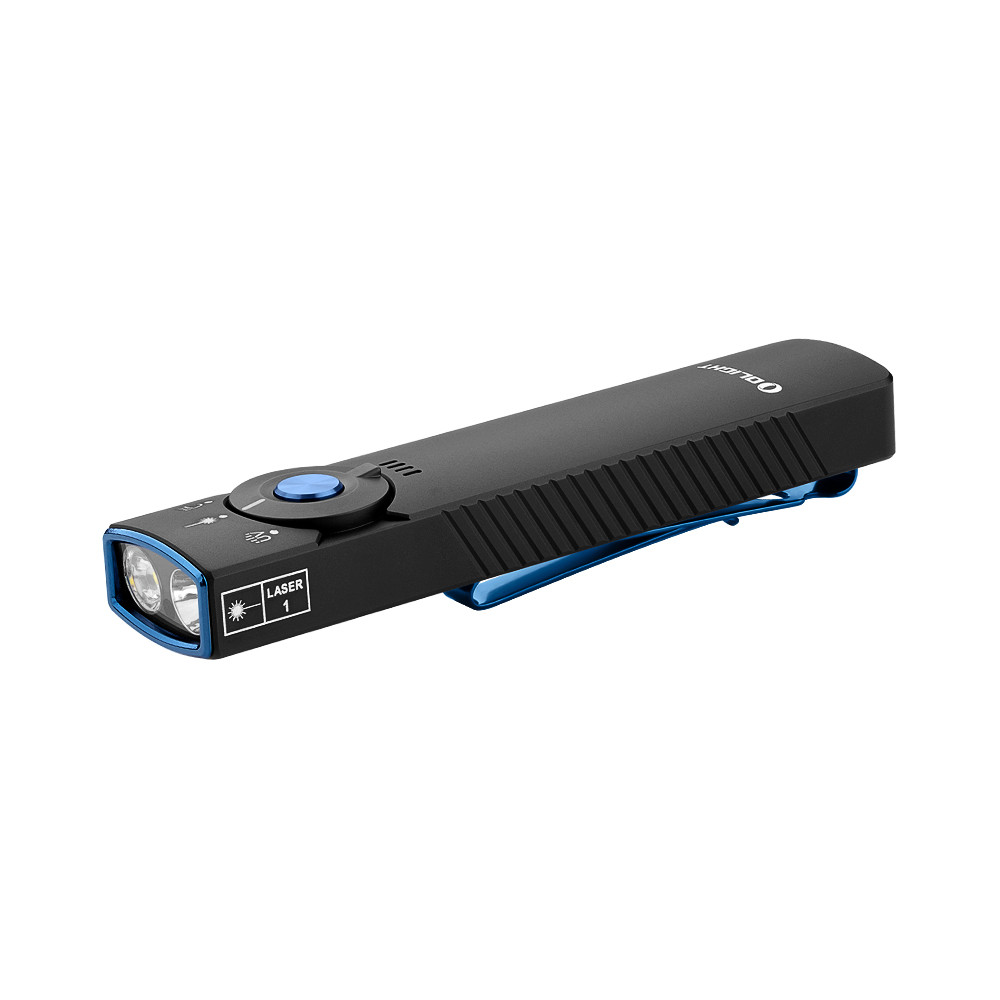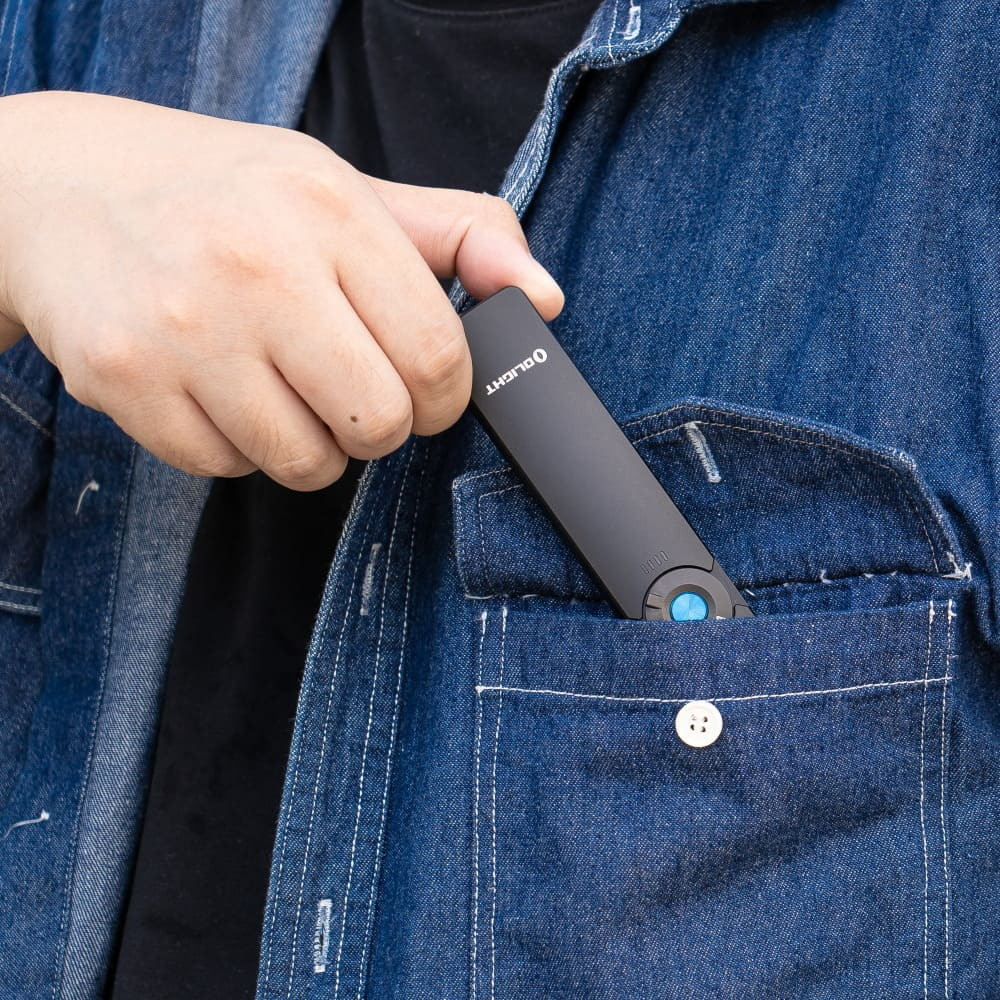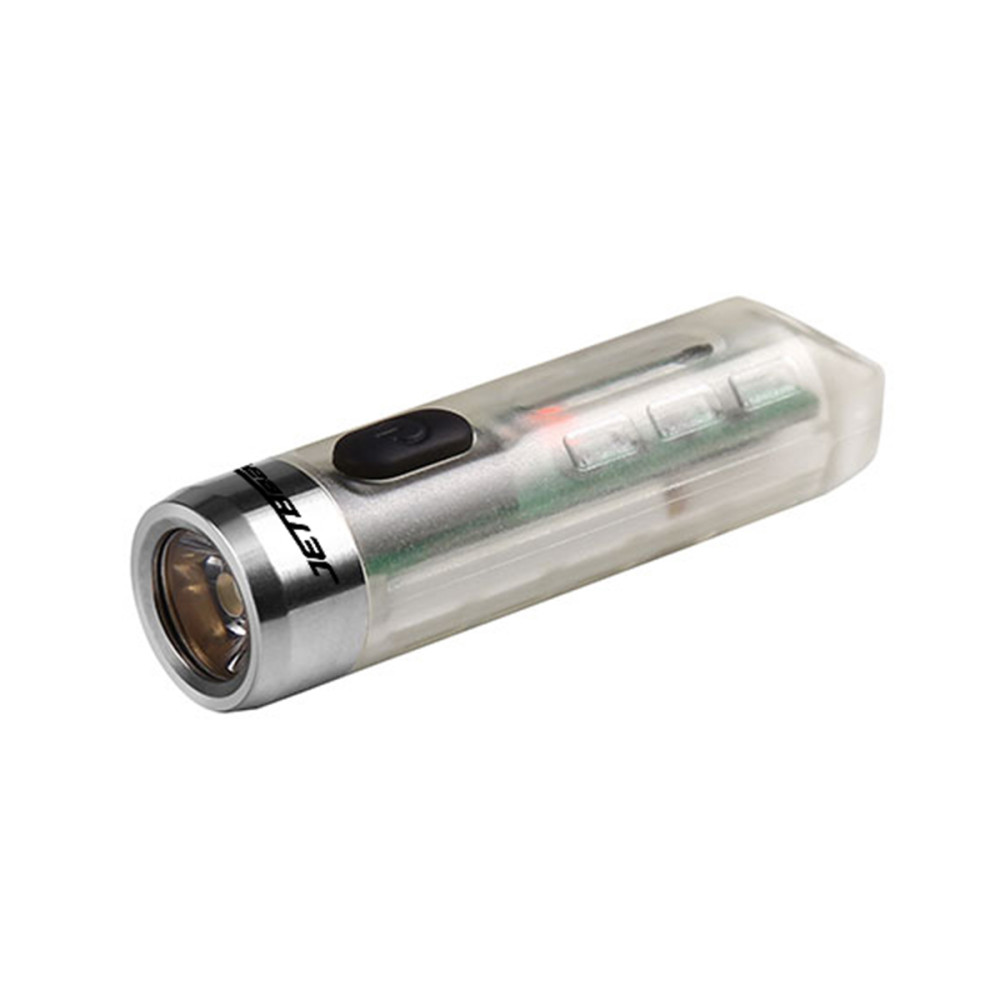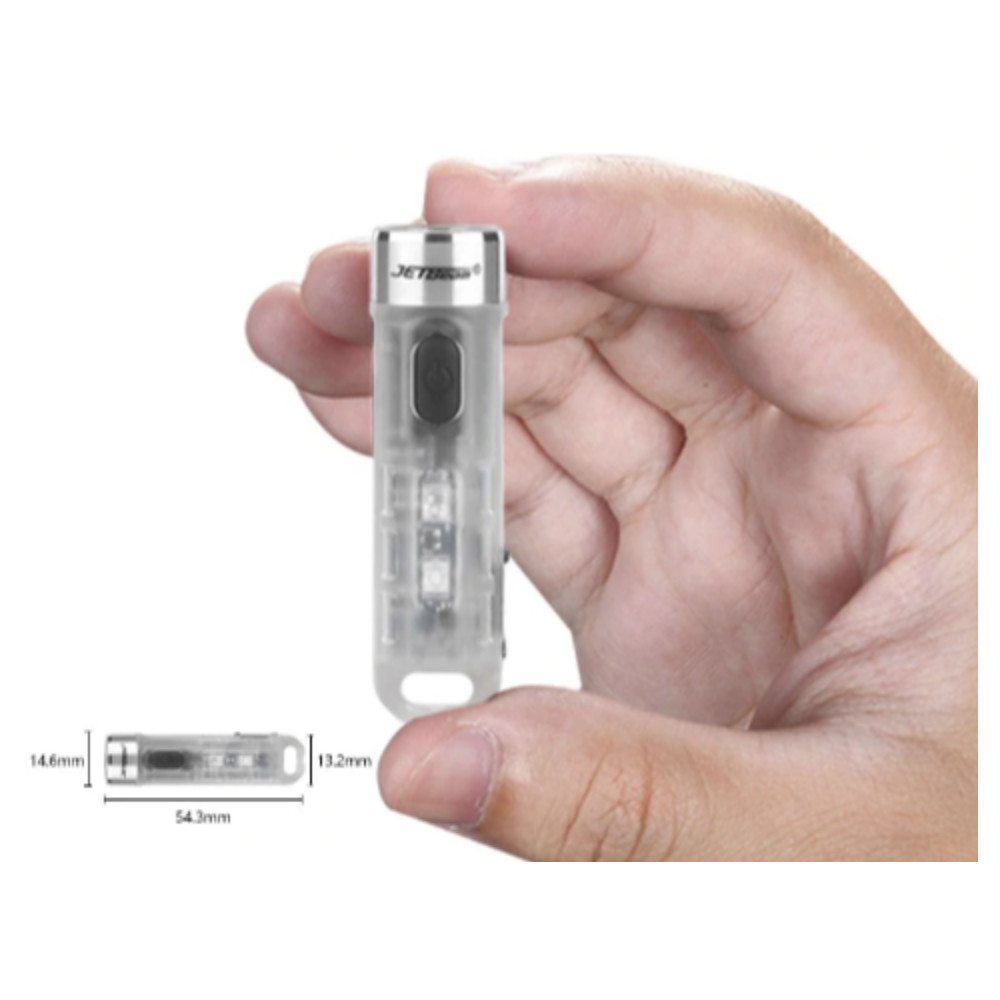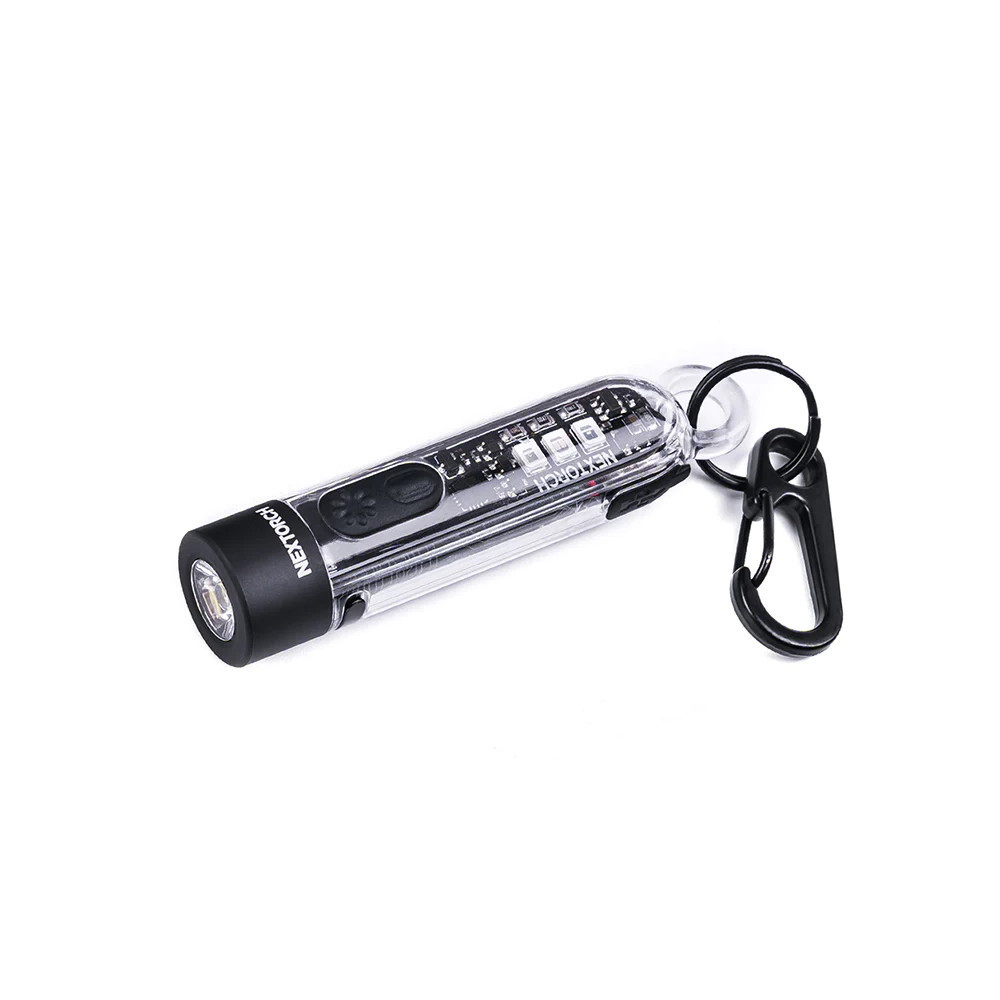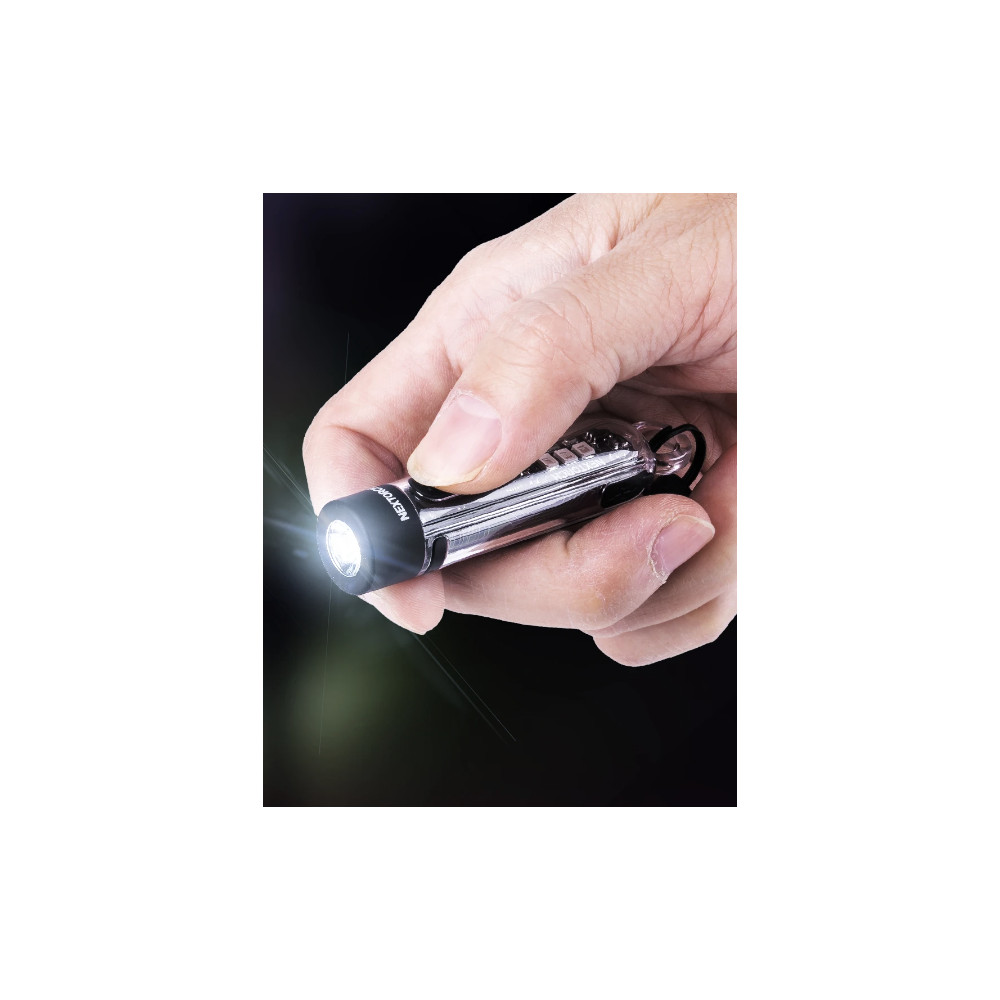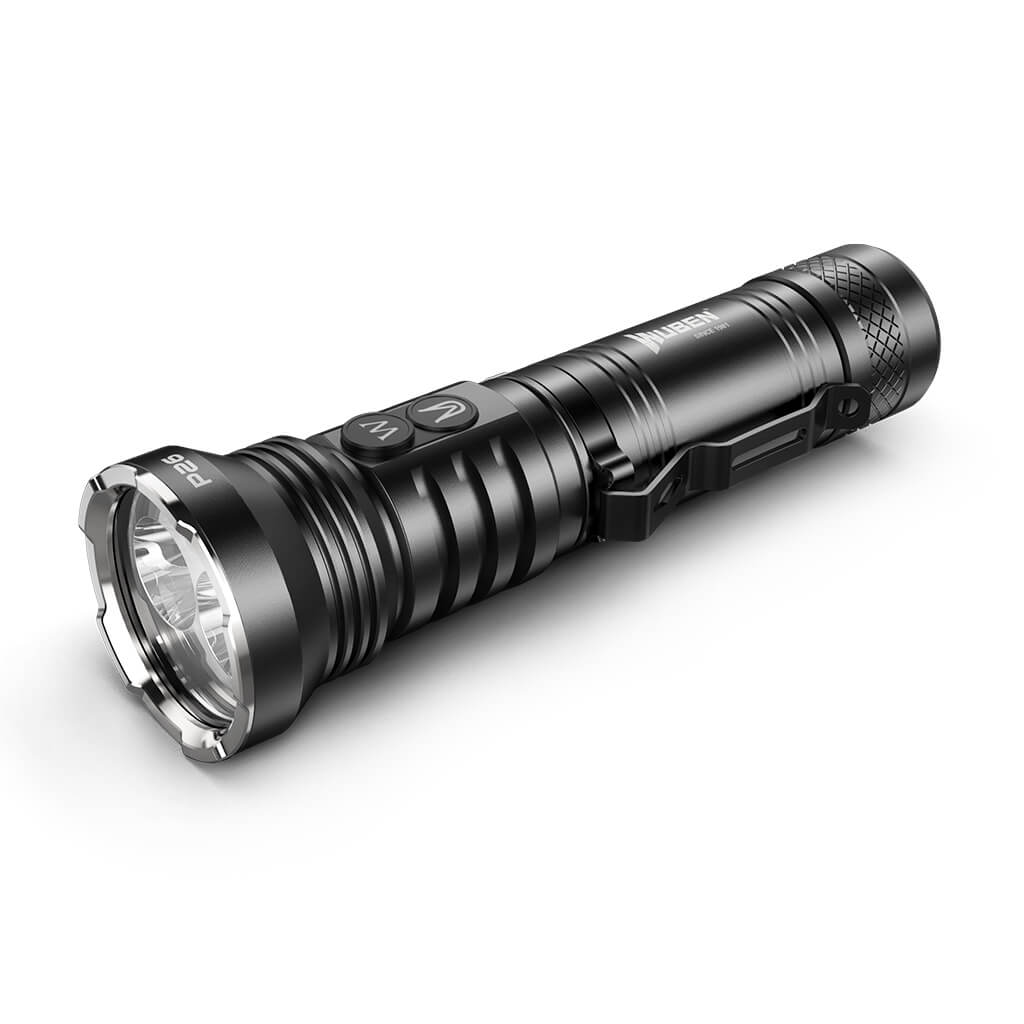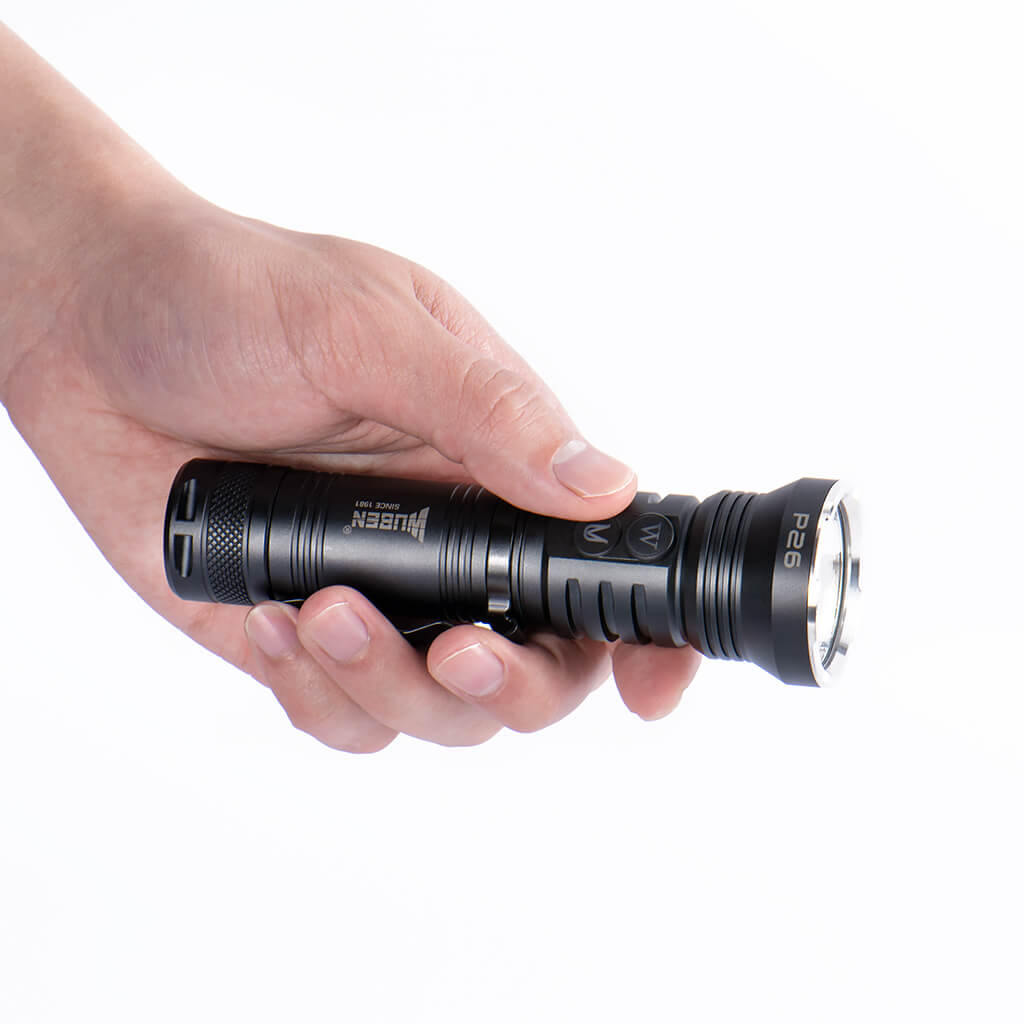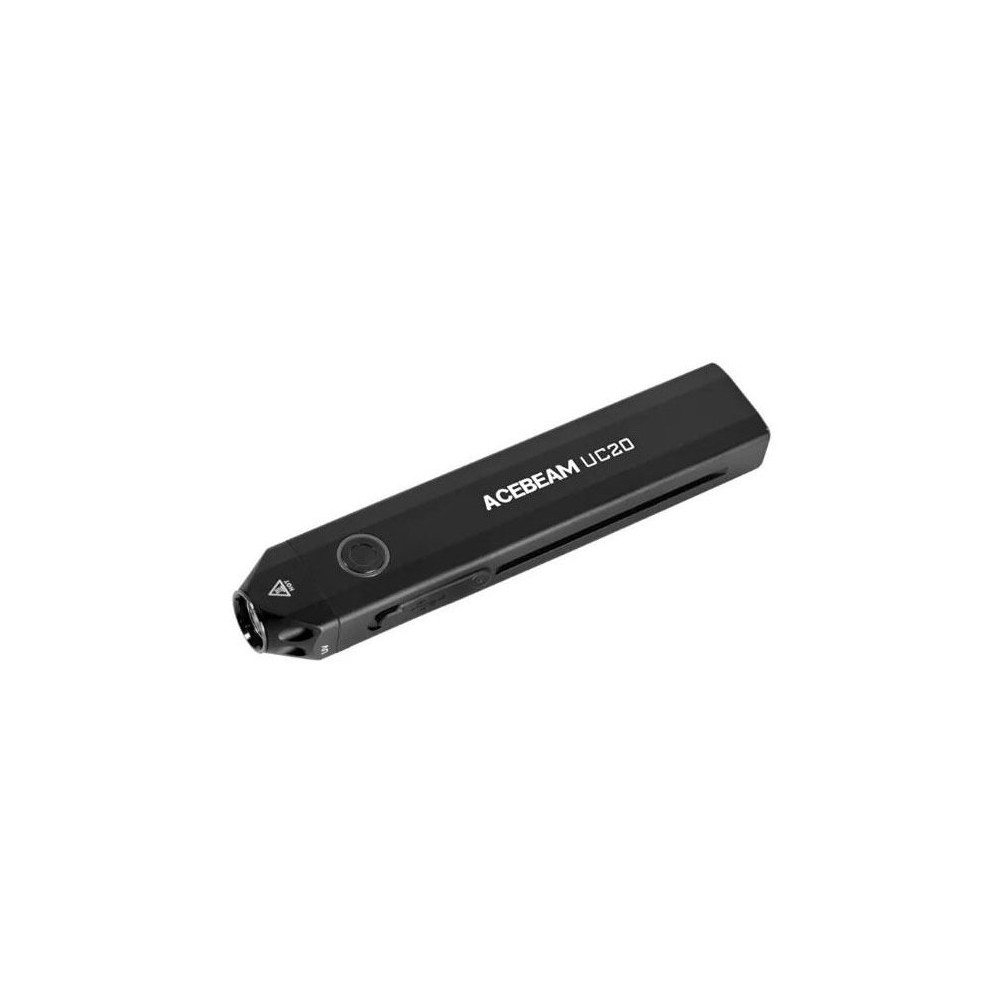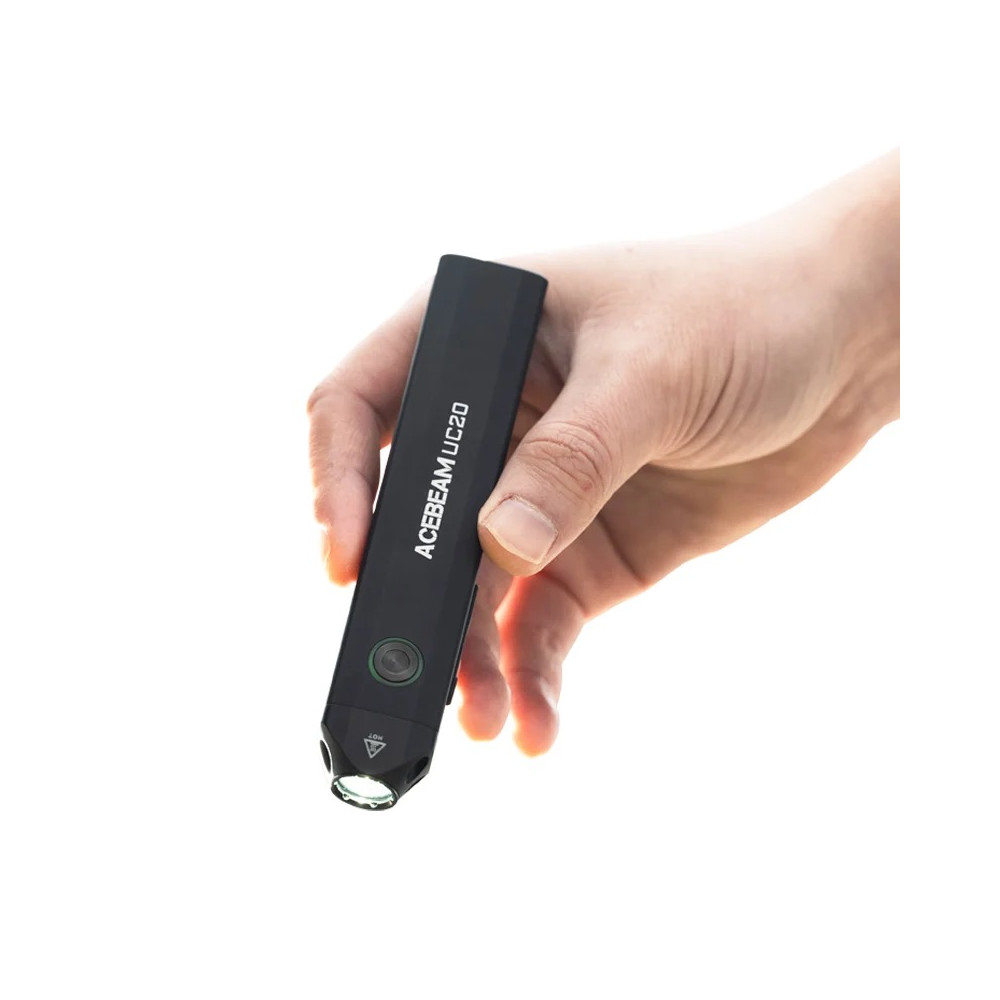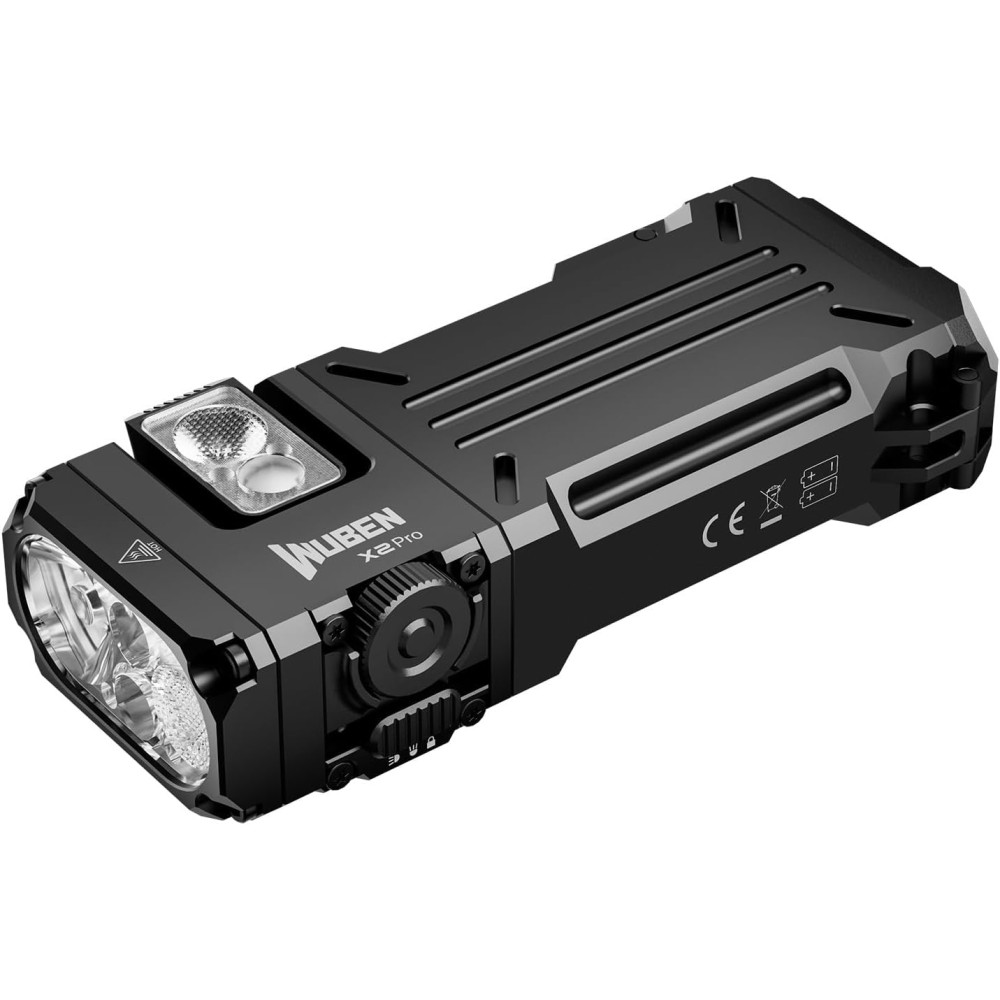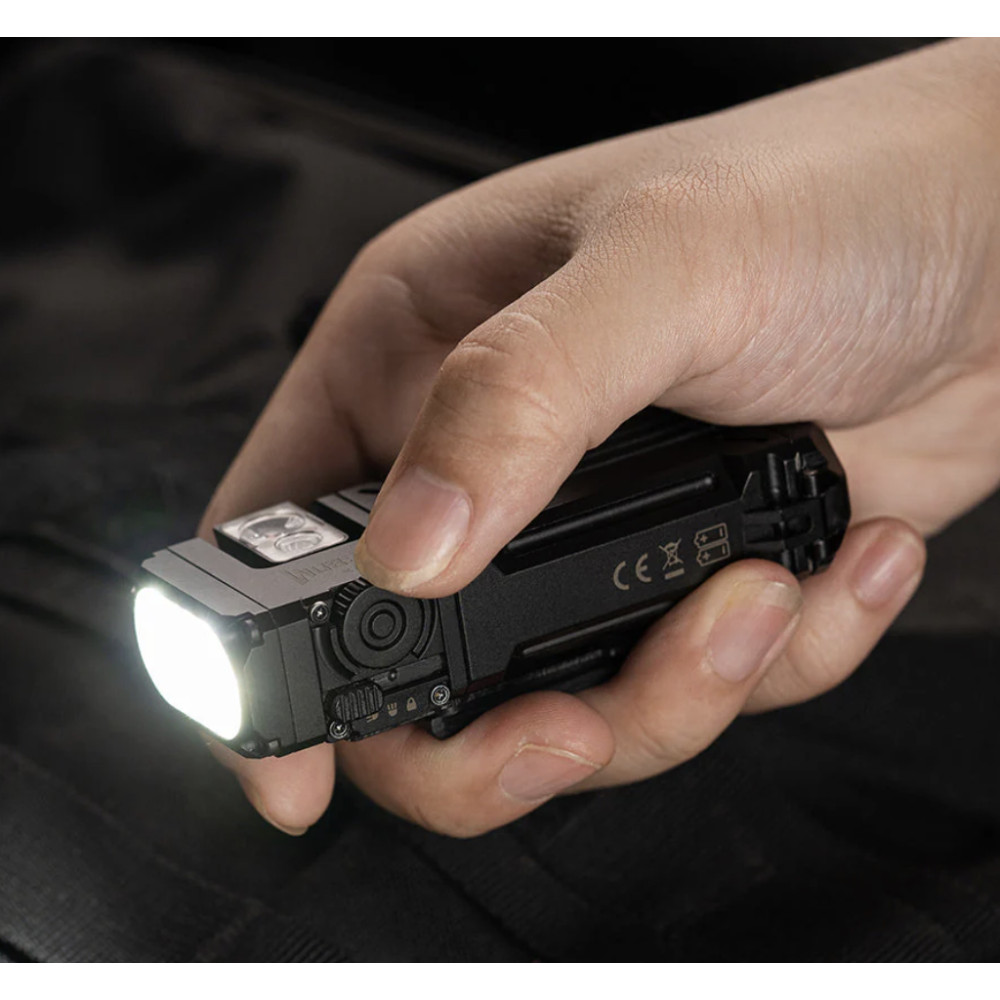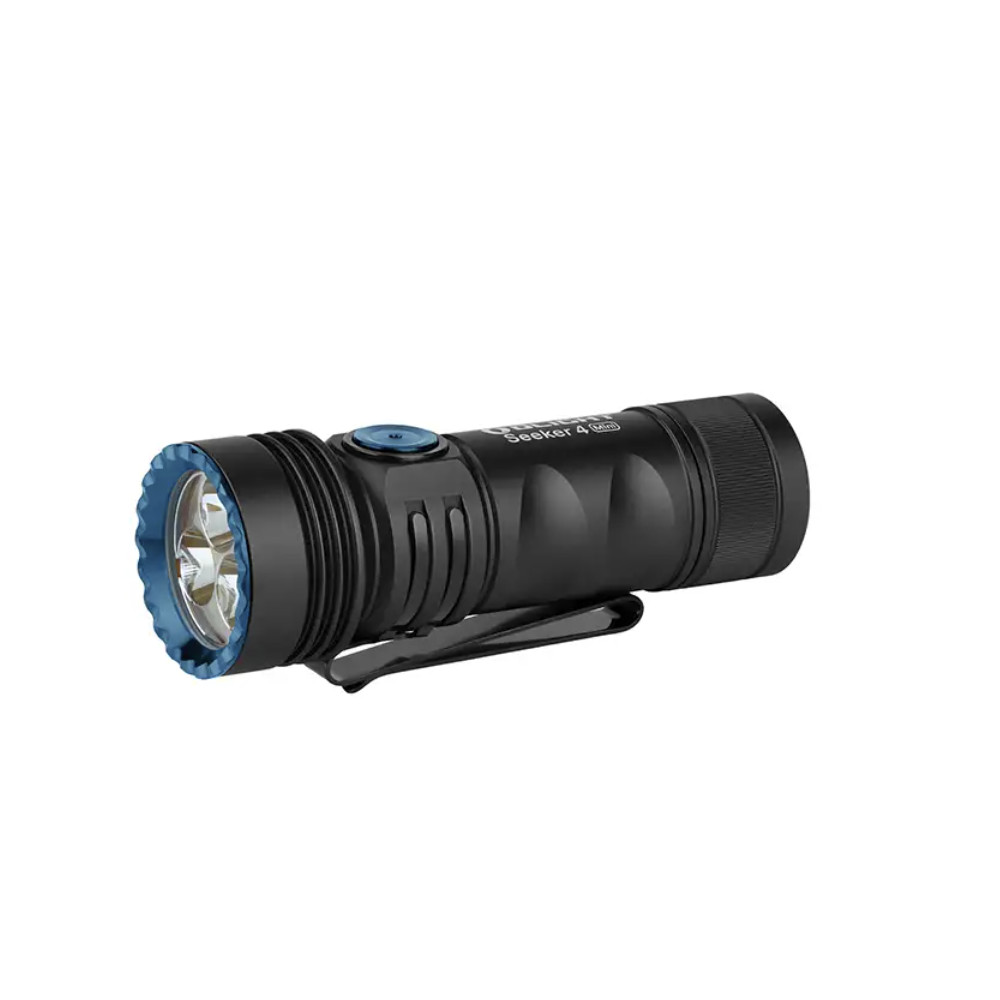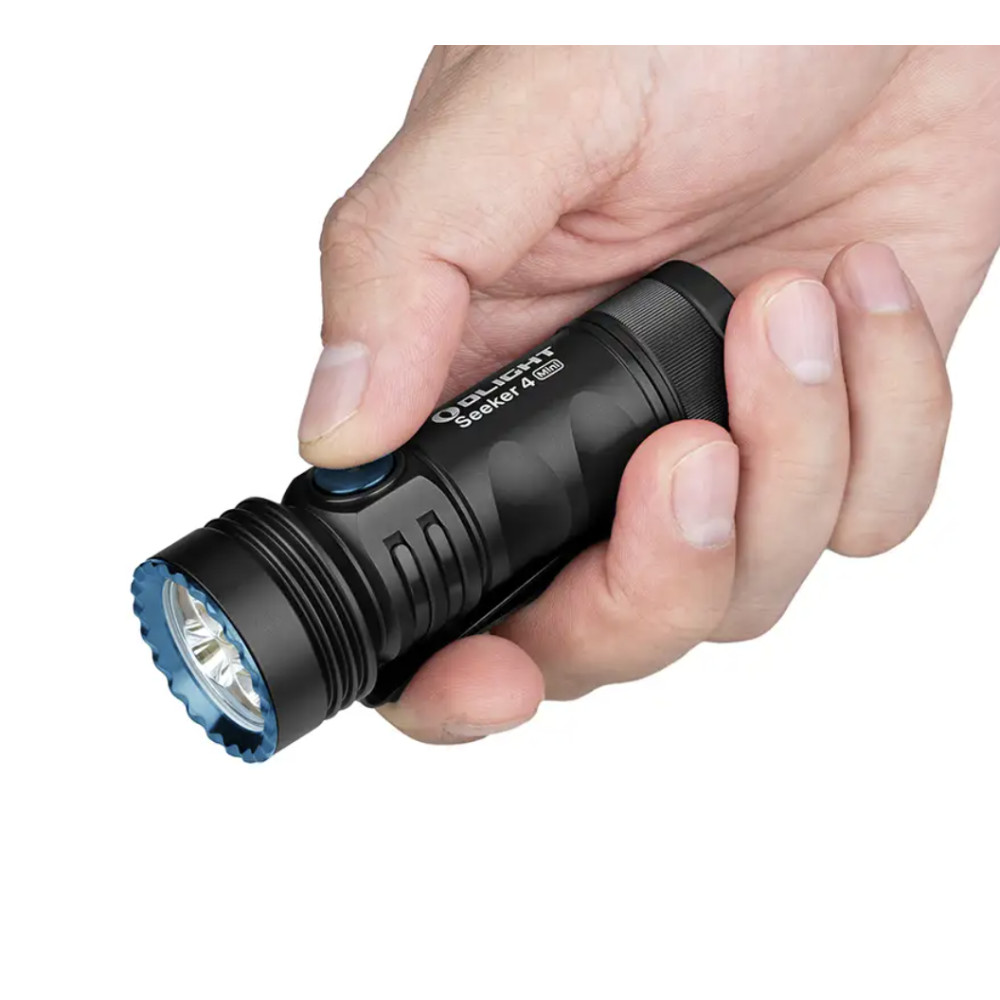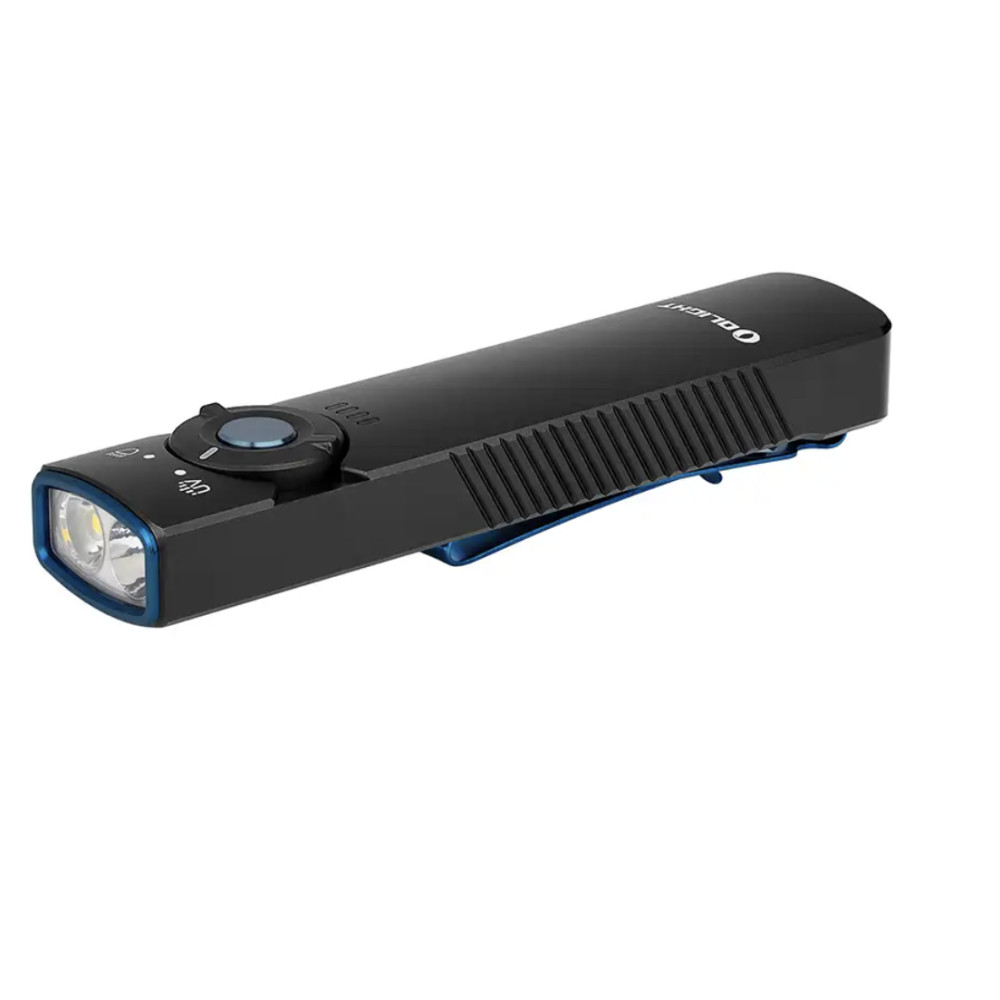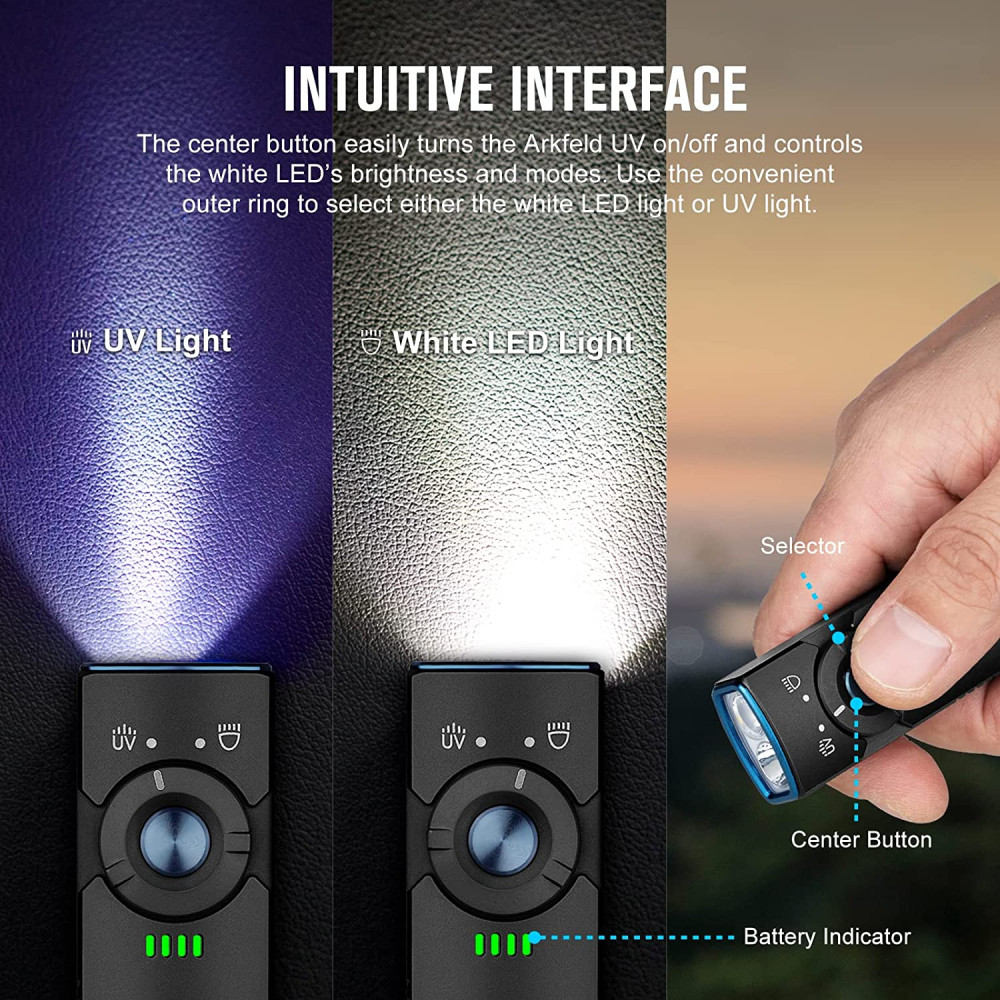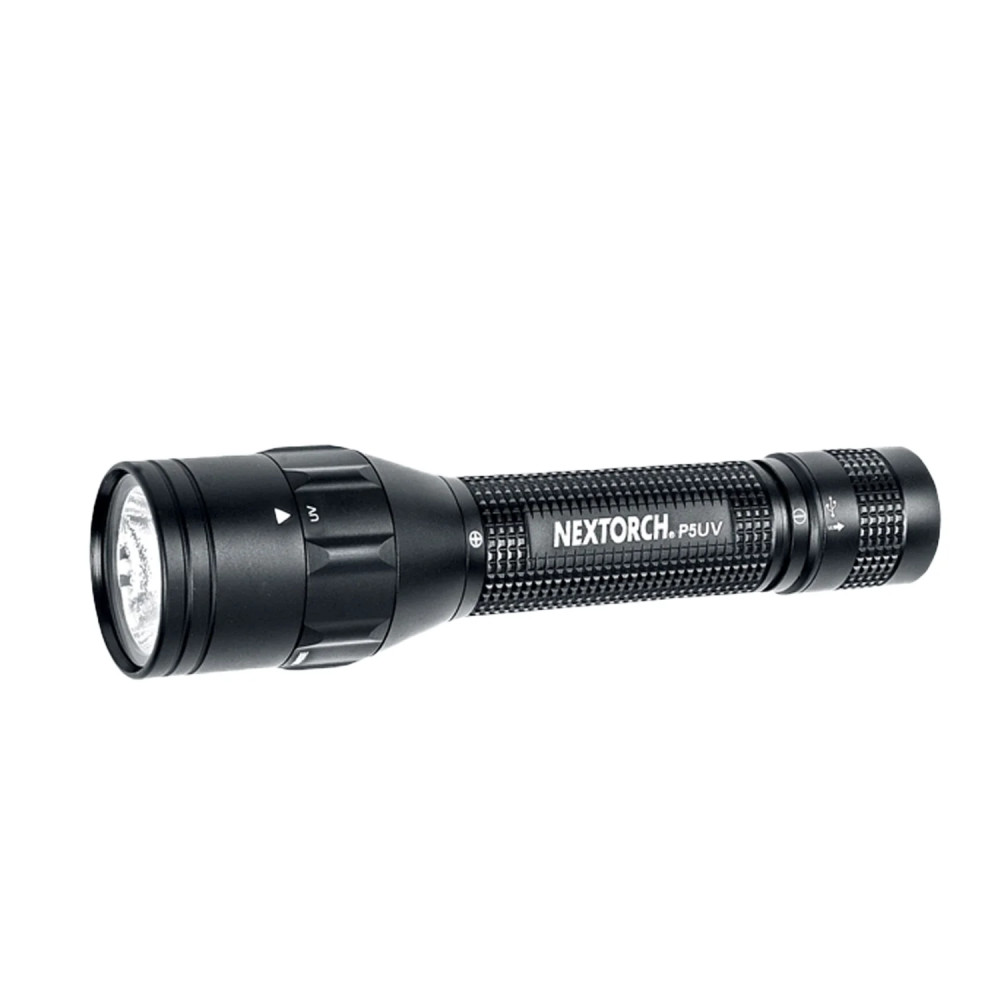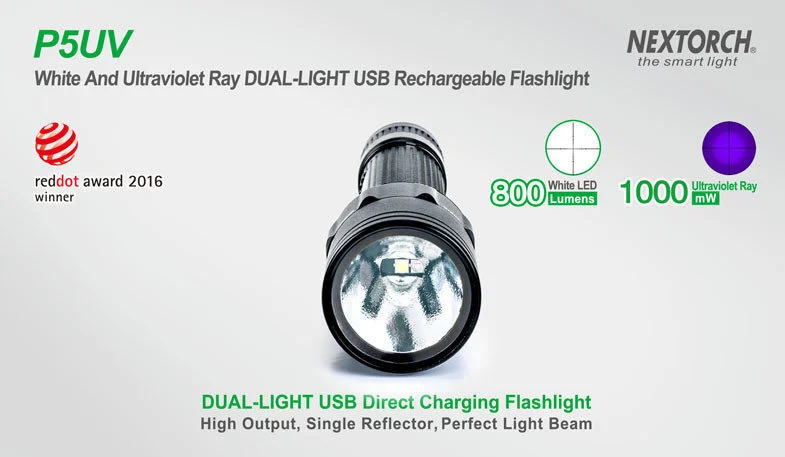What is a white light flashlight?
A white light flashlight is a type of flashlight that emits visible light with a color temperature that appears as white to the human eye. This is in contrast to flashlights that emit light in other colour temperatures, such as yellow or blue. White light flashlights are commonly used in a wide range of applications, including outdoor activities like camping and hiking, emergency preparedness, law enforcement, and everyday home use. The brightness level of a white light flashlight can vary depending on its design and power source, with higher-powered flashlights generally producing brighter beams of light. Some white light flashlights may also have additional features like adjustable focus, multiple brightness settings, and water resistance to make them more versatile and useful in a variety of situations.
When is it best to use a white light flashlight?
A white light flashlight is best used when you need to illuminate a space or object with natural-looking white light. White light is typically the best choice for general-purpose lighting as it provides a balanced color spectrum that closely resembles natural sunlight. This makes it easier to distinguish between colors, identify details, and more accurately assess a situation. Here are some situations where a white light flashlight may be the best choice:
-
Outdoor activities like camping, hiking, and fishing where you need bright, natural-looking light to navigate trails or set up camp.
-
Home use for tasks like power outages, searching for lost items, or working on DIY projects in low light conditions.
-
Emergency preparedness where reliable and high-quality lighting is essential in potentially dangerous situations.
-
Law enforcement and security work where clear visibility is crucial for identifying suspects and assessing potential threats.
Overall, a white light flashlight is a versatile tool that can be useful in many different situations where reliable and effective lighting is needed.
What is a UV flashlight?
A UV flashlight is a type of flashlight that emits ultraviolet (UV) light. This type of light is not visible to the human eye but can be used for a variety of purposes, such as detecting stains, counterfeit money, and other substances that fluoresce under UV light. UV flashlights are also commonly used in scientific and medical applications, as well as in forensics and crime scene investigation.
UV flashlights come in various shapes and sizes and can emit different wavelengths of UV light, including short-wave, mid-wave, and long-wave UV light. Short-wave UV light has the highest energy and is the most destructive, while long-wave UV light has lower energy and is less harmful to living organisms, but also less effective at detecting certain substances.
While UV flashlights can be useful tools in certain industries, they should be used with caution as prolonged exposure to UV radiation can be harmful to the eyes and skin.
What are UV flashlights used for?
UV flashlights are used for a variety of purposes where detecting things that are invisible to the naked eye is important. Here are some common uses of UV flashlights:
-
Detection of counterfeit money: UV flashlights can be used to detect security features on banknotes that fluoresce under UV light.
-
Stain detection: Many organic substances, such as urine, blood, and semen, fluoresce under UV light, making it easier to identify and clean up stains.
-
Geological studies: UV flashlights are used in geological studies to identify certain minerals that fluoresce under UV light.
-
Forensic analysis: In forensic science, UV flashlights can be used to detect trace amounts of bodily fluids or other evidence at crime scenes.
-
Pest control: Some insects, such as scorpions and bed bugs, fluoresce under UV light, making it easier to detect their presence.
-
Hunting and fishing: UV flashlights can be used to attract fish and other game that are attracted to UV light.
Overall, UV flashlights can be useful tools in a variety of applications where detecting invisible substances or identifying fluorescent materials is important. However, they should be used with caution as prolonged exposure to UV radiation can be harmful to living organisms.
Who uses UV flashlights?
UV flashlights can be used by a variety of people and industries, depending on their specific needs. Here are some examples of who might use UV flashlights:
-
Law enforcement: UV flashlights are often used by law enforcement agencies to detect bodily fluids, trace evidence, and counterfeit money.
-
Crime scene investigators: In forensic science, UV flashlights are used to identify and collect evidence at crime scenes.
-
Geologists: Geologists may use UV flashlights to identify certain minerals that fluoresce under UV light, helping them with mineral identification and mapping.
-
Pest control professionals: Pest control professionals may use UV flashlights to identify the presence of insects such as bed bugs or scorpions, which fluoresce under UV light.
-
Outdoor enthusiasts: Hikers, campers, and hunters may use UV flashlights to attract fish or game that are attracted to UV light.
-
Homeowners: Homeowners may use UV flashlights for detecting pet urine stains, cleaning carpets, and identifying other types of organic matter that fluoresce under UV light.
Overall, UV flashlights can be useful tools for a wide range of applications.

